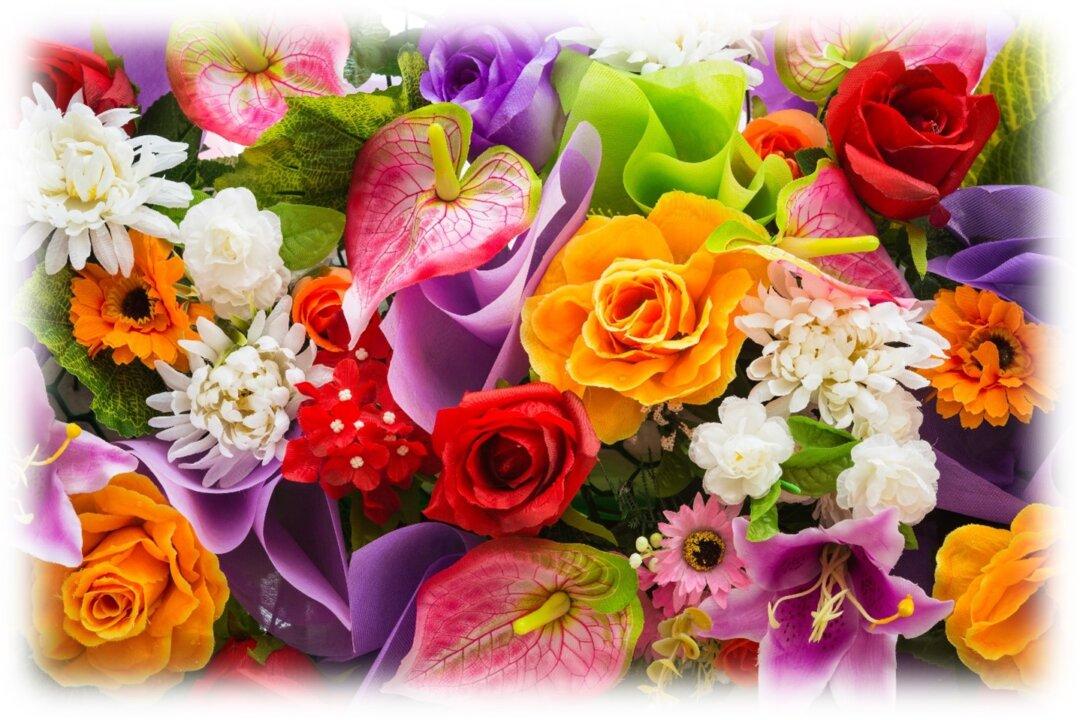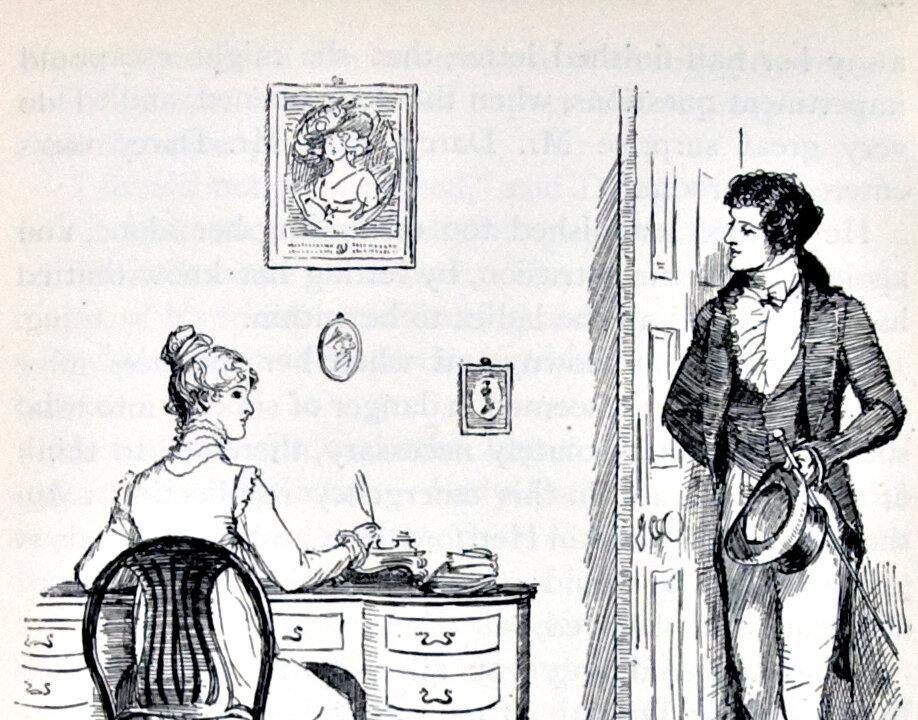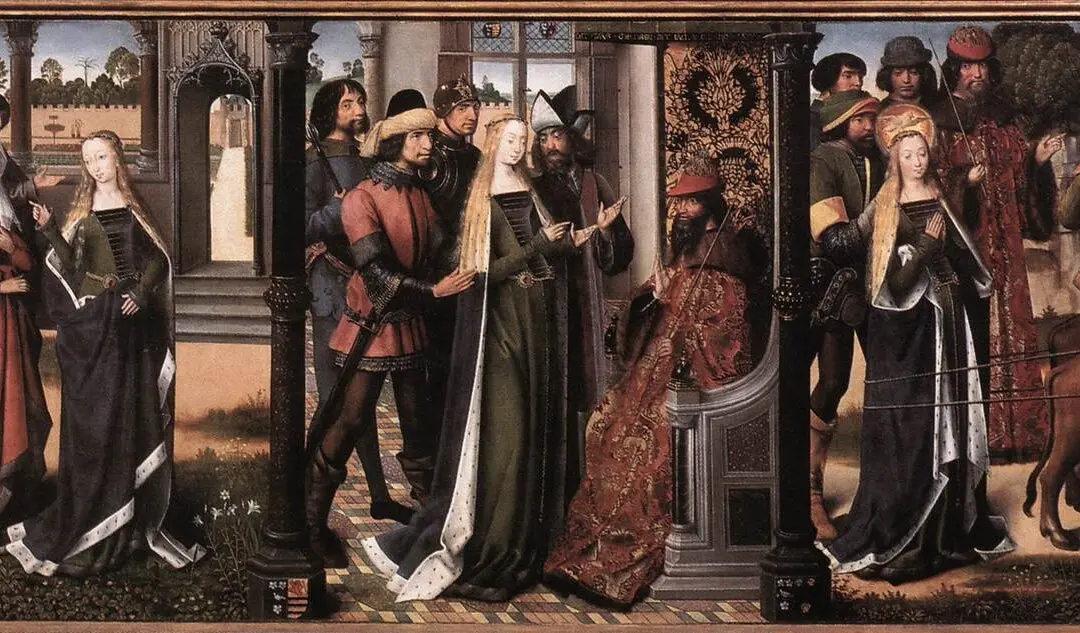It was a missed opportunity, that bouquet.
Not that I regretted having given it in the first place. I was staying with a family during my teaching fellowship in Italy, and the bouquet was a birthday gift for my host mom last year, for she is dearly fond of flowers. Later, I realized I hadn’t thought enough about what the flowers I chose would actually mean to her.





